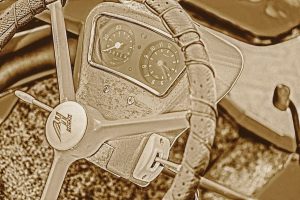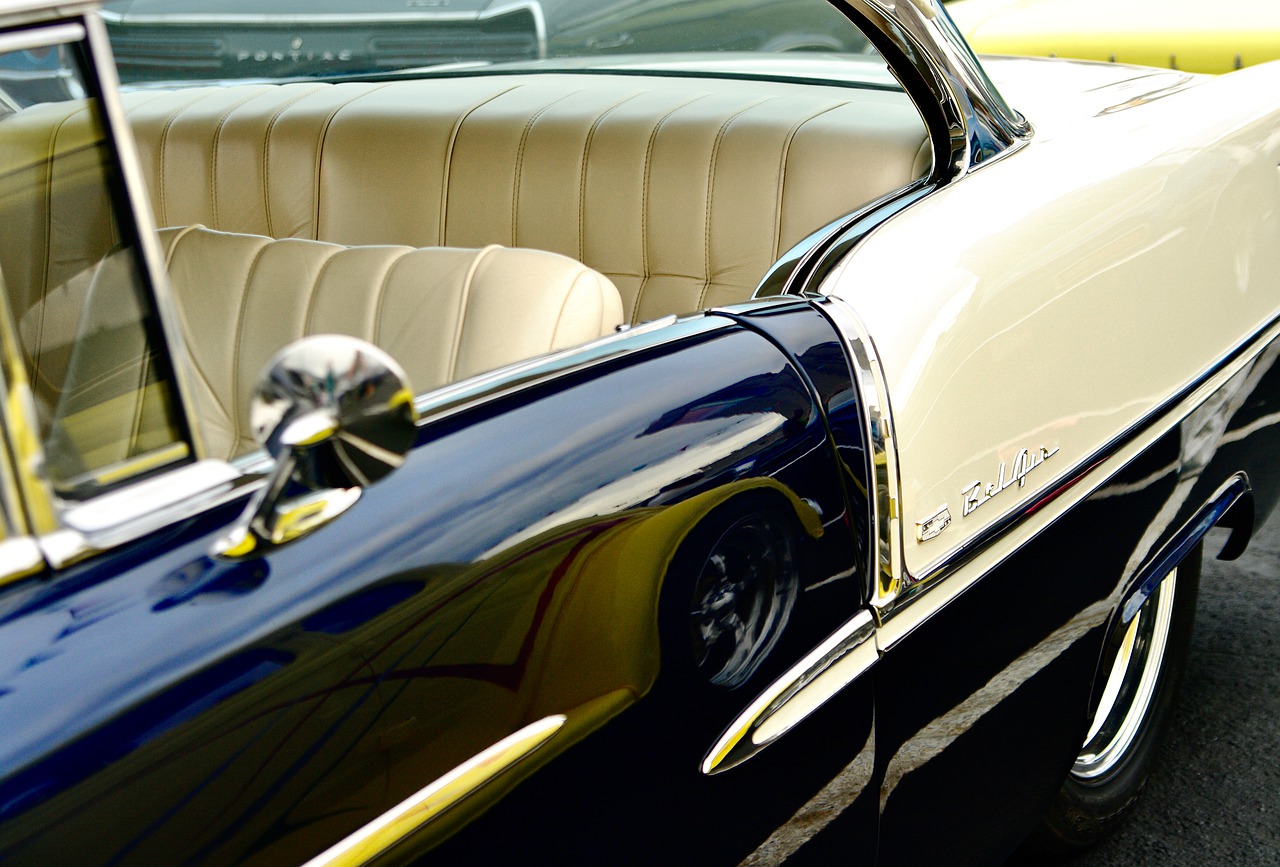The presence of cracks on leather means, first of all, a significant lack of maintenance. Each time the leather is moved, it consumes some of the oil initially incorporated by the tanner or leatherworker. When the oil runs out, the leather gradually deteriorates until it cracks on the surface and then tears if nothing is done. For this reason, it is essential to maintain the driver’s seat by regularly nourishing it in the areas that are mainly solicited (seats, backrest and external padding).
If you also want to recolour your car’s leather, it is necessary to rehydrate the leather either 15 days before starting your renovation or 30 days after. If your leather is dehydrated, be sure to moisturise it first.
The repair of cracks, or more generally of any lack of leather on the surface, is done with a leather repair product. This product is a kind of liquid leather (or putty), which allows filling the gaps while remaining relatively flexible once dry. Available in white or very dark grey, this leather repair product must be covered with either leather paint or a finishing varnish.
How to repair a hole or a tear on a car seat?
Repairing a hole or tear in leather can also be done with liquid leather. To effectively renovate the leather of your vehicle, you can use several of our products. To repair a small hole smaller than 5 mm, using only the repair paste should be sufficient. On the other hand, for a bigger hole or a tear, it will be necessary to order a leather tear repair kit and to make a counter-gluing with the piece of leather provided in the kit.
If the tears are located at the seams, you should know that the repair of the leather is not possible immediately. Indeed, to renovate the leather in this area, it is necessary to sew the seams beforehand.
How to dye the leather of a steering wheel or car seat?


To restore the original look of your car’s leather seats and steering wheel, it is also possible to dye them. This is a straightforward operation, but you need to choose the right colour and determine how much paint is required for the recolouration.
If you know the exact name of the colour of your leather, this will allow you to choose the right product directly from a database (manufacturers’ colour chart). If you don’t know the exact name of your leather, you can contact Motorcraft Motor Trimmers. They offer complete automotive upholstery solutions to a wide range of customers in and around North Cobourg.
After identifying the right colour for the renovation, you will then need to apply the product. The application of a leather dye is made with a small foam roller, sponge or brush. The leather must, of course, be lightly sanded and then degreased with acetone.
If you are demanding, do not try a partial recolouring of a seat or a steering wheel because it is practically impossible to obtain a 100% identical colour. Indeed, many factors (which can be cumulative) influence the colour to a greater or lesser extent: porosity of the leather, margin of error in manufacturing, discolouration of your leather, covering power of the pigments…
Why apply varnish after a leather colouring?
Few people know it, but initially, all leathers are varnished. A leather regularly varnished on the most prone to friction areas is a leather that will last much longer! Thus, the purpose of varnish is not to fix a pigment colourant (it adheres very well without anything) but to protect the leather grain and the dye from wear and tear.
At car shops, you will typically find a varnish in a satin, matte or glossy finish to give shine. And finally, if you are not sure if you can do it, contact a professional who specialises in the restoration, repair and customisation of automotive upholstery.


1 comment
[…] – How to Repair Cracks on a Car Seat? […]